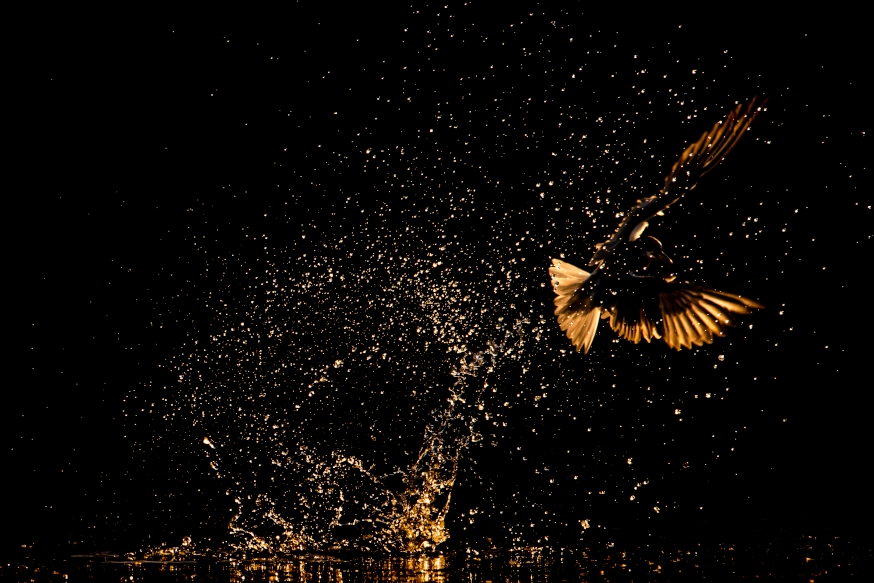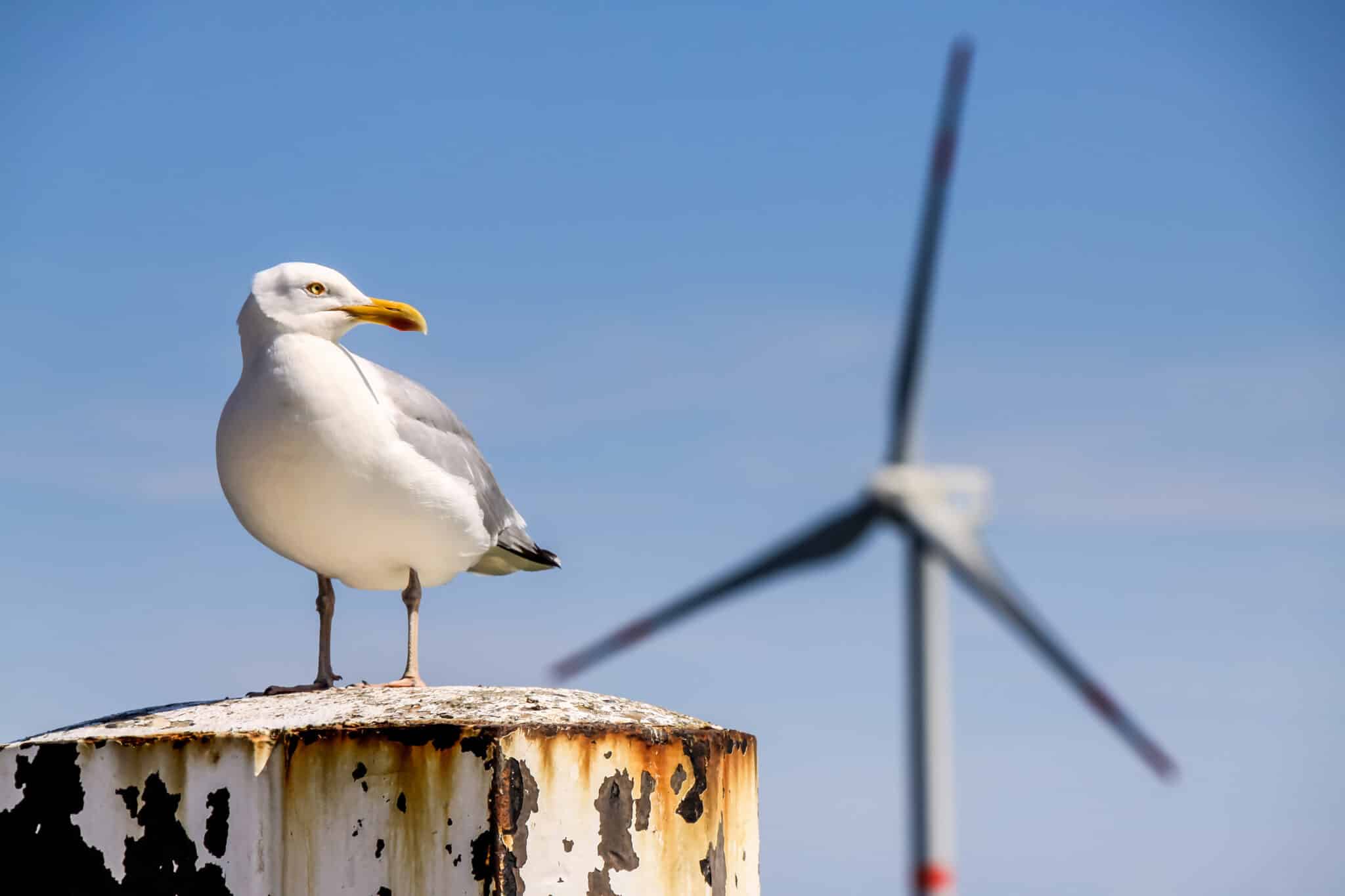The Environmental Liability Directive is failing nature

Have you heard about the Environmental Liability Directive? In a nutshell, it is a comprehensive EU-wide liability regime for environmental damage, which is based on the principle that the polluter pays, meaning that the one that caused the environmental damage is liable for its remediation. It entered into force in 2007. In an ideal world, this directive would prevent environmental damage to happen in the first place. But planet earth is far from utopic, and it turns out this piece of legislation is not as effective as we wished.
By Dr Raphael Weyland, NABU
The case of the Black Tern
In the designated Natura 2000 area in Eiderstedt, a peninsula in Northern Germany, the Black Tern (Chlidonias niger) population dropped from more than 1000 pairs in the 1960s to 58 pairs in 2003. This drastic decline was mostly caused by the intensification of agriculture in the area, which led to most of the land drying out, destroying most of the terns’ nesting and feeding spots
In 2009, BirdLife’s German Partner NABU started a lawsuit, pursuing the regional authorities for their bad water management practices and demanding damage limitation and remediation measures in accordance with the Environmental Damage Act. 14 years later, in 2023, the case is still ongoing. Meanwhile, only 15 breeding pairs remain in the Protected Area.
This clearly shows that while the intent of the Environmental Liability Directive might be nice on paper, it contains far too many loopholes to be effective in practice.
It’s time for a revision now!
The ineffectiveness of the Directive can be linked to following problems:
- The definition of what is considered to be damage is not clear enough, for example.
- action respects non-binding standards (e.g. how the farmer has always farmed), often authorities and courts tend to decide that the damage caused to nature is not a damage in the understanding of the directive.
- action respects non-binding standards (e.g. how the farmer has always farmed), often authorities and courts tend to decide that the damage caused to nature is not a damage in the understanding of the directive.
- Whereas damages to water, land, and habitats are luckily included, damages to the air – such as emissions – are not.
- The Directive states that it is up to the one claiming that there is a damage – read: NGOs that take the bad guys to court – to deliver evidence with all details for all criteria requested by the law. A far more effective approach would be to reverse the burden of proof and let the defendant prove they are not to blame.
- The directive is too lax with companies causing damage, having too many loopholes for them to claim innocence. The Directive does not hold CEO’s or board members liable.
- The Directive is not clear on how the damage should be remedied.
- Ineffective legislative governance leads to lengthy procedures, worsened by the two-step approach the Directive takes.
- In the case of the Black Tern, this means that following years of legal procedures, if the final verdict of the higher regional court states that there is an environmental damage, the accused authority might still decide to not repair the damage by changing its water management or reintroducing breeding pairs. This would force the petitioner, in this case NABU, to file a second case against the authority, which could take another couple of decades.
The future of the Environmental Liability Directive
So, where does the Directive stand now? As foreseen in the existing legislation, the European Commission opened a public consultation within the EU Have Your Say Framework in May 2022. The consultants supporting the European Commission organized an expert questionnaire in July, in which BirdLife faithfully took part. In November 2022, the European Commission organized a Stakeholder Workshop to discuss the first findings of the consultation. The Commission plans to publish the evaluation study in the second quarter of 2023. In short, this means it does not foresee neither amend nor revise the existing Environmental Liability Directive during the mandate of the current Commission, until 2024.
BirdLife Europe calls on the European Commission to fundamentally overhaul the Environmental Liability Directive, so that it can finally start benefitting people and nature.
Cover picture: Black Tern (Chlidonias niger) – Stijn Smits
You might also be interested in:
 | Stichting BirdLife Europe gratefully acknowledges financial support from the European Commission. All content and opinions expressed on these pages are solely those of Stichting BirdLife Europe. The European Commission is not responsible for any use that may be made of the information it contains. |









